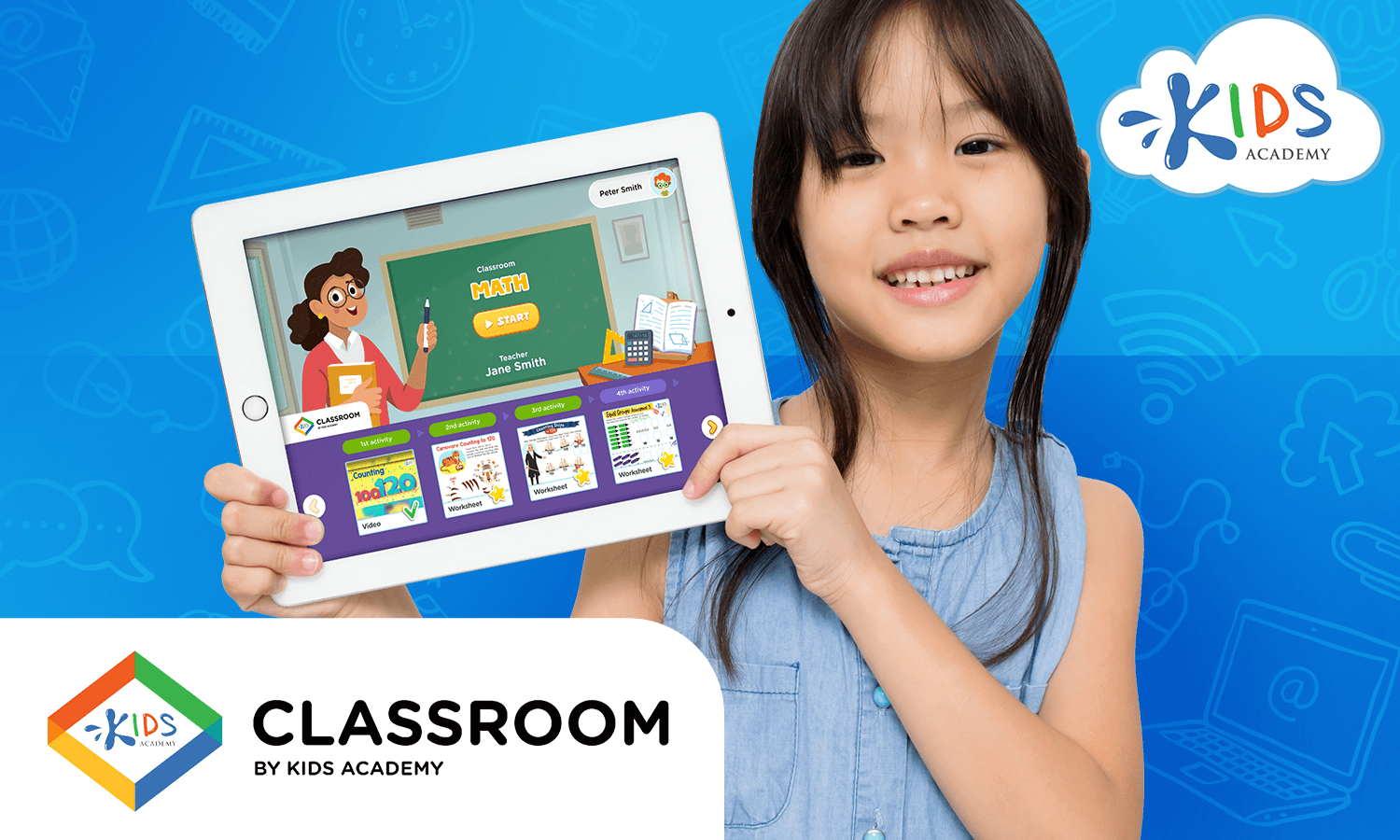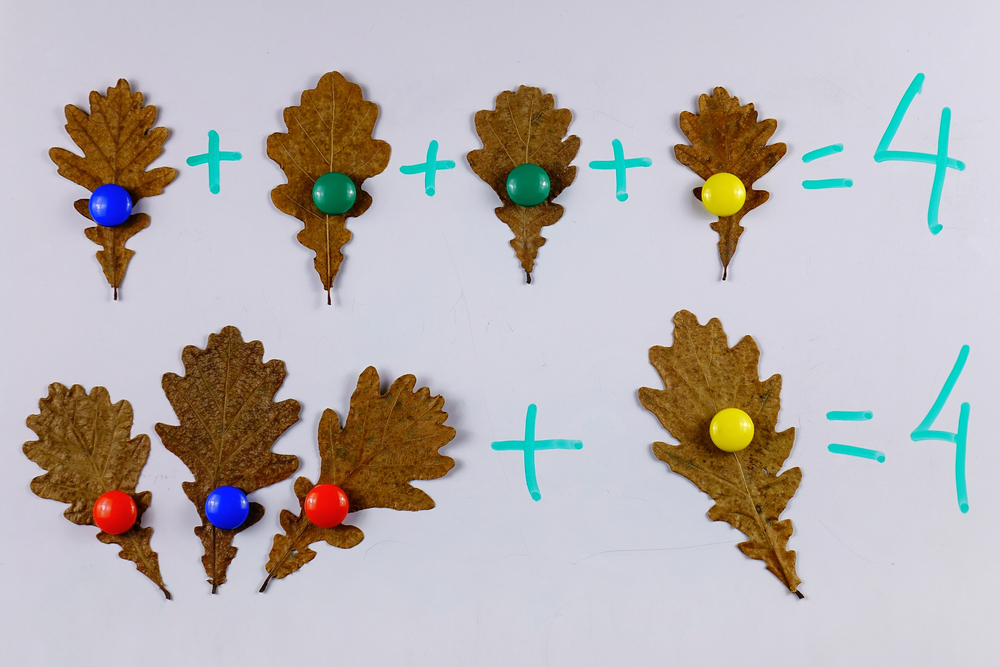Mathematical reasoning Normal Kindergarten Math Worksheets
9 filtered results
-
From - To
Discover the joy of learning with our "Mathematical Reasoning Normal Kindergarten Math Worksheets." These expertly-designed resources focus on building fundamental skills in problem-solving, logical thinking, and pattern recognition. Perfect for young learners, our worksheets provide engaging, age-appropriate challenges that help develop a strong foundation in math. Through colorful illustrations and interactive activities, children can explore concepts such as sorting, counting, and simple addition. Ideal for classroom use or at-home practice, these worksheets make learning fun and effective. Equip your kindergartener with the tools they need to succeed in math and beyond with our comprehensive and enjoyable resources.
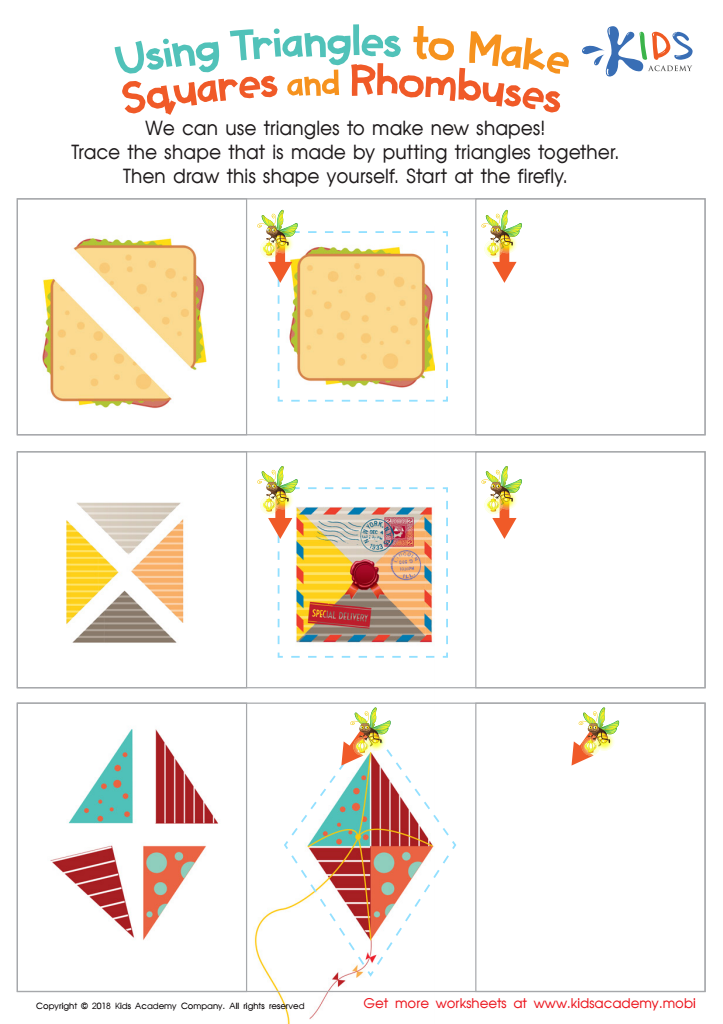

Using Triangles to Make Squares and Rhombuses Worksheet
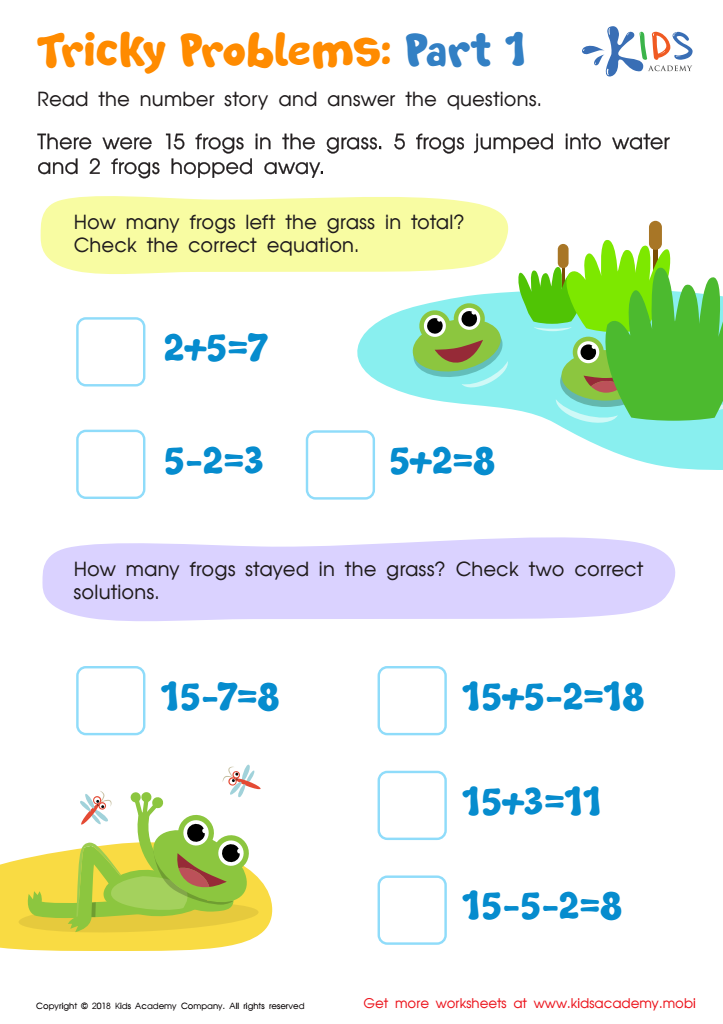

Tricky Problems Worksheet: Part 1
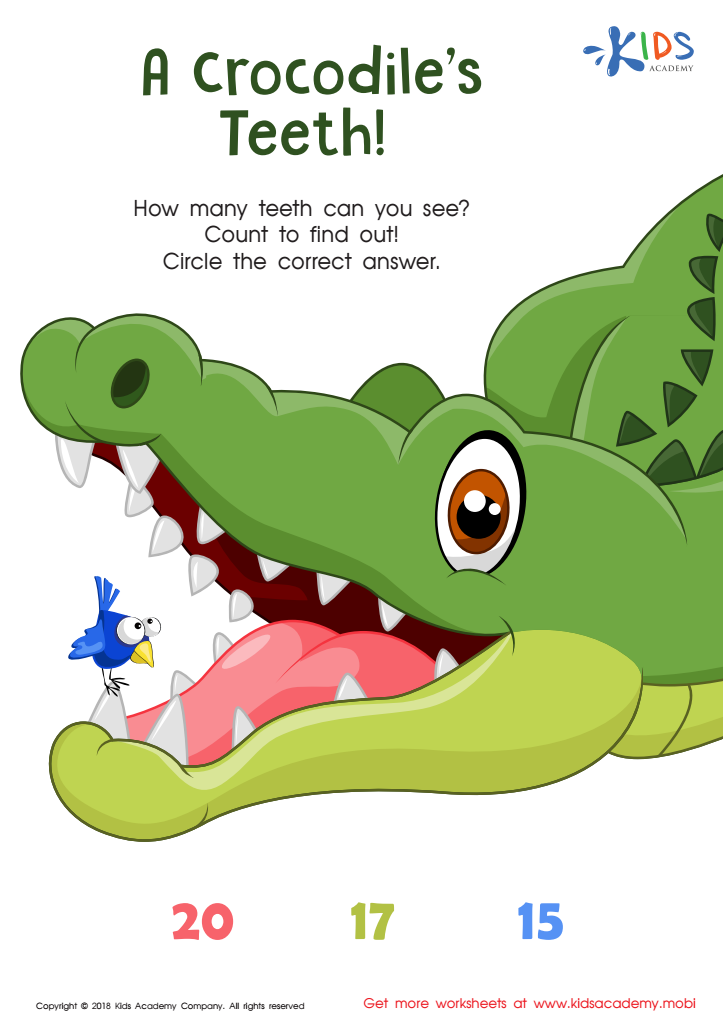

A Crocodile's Teeth Worksheet
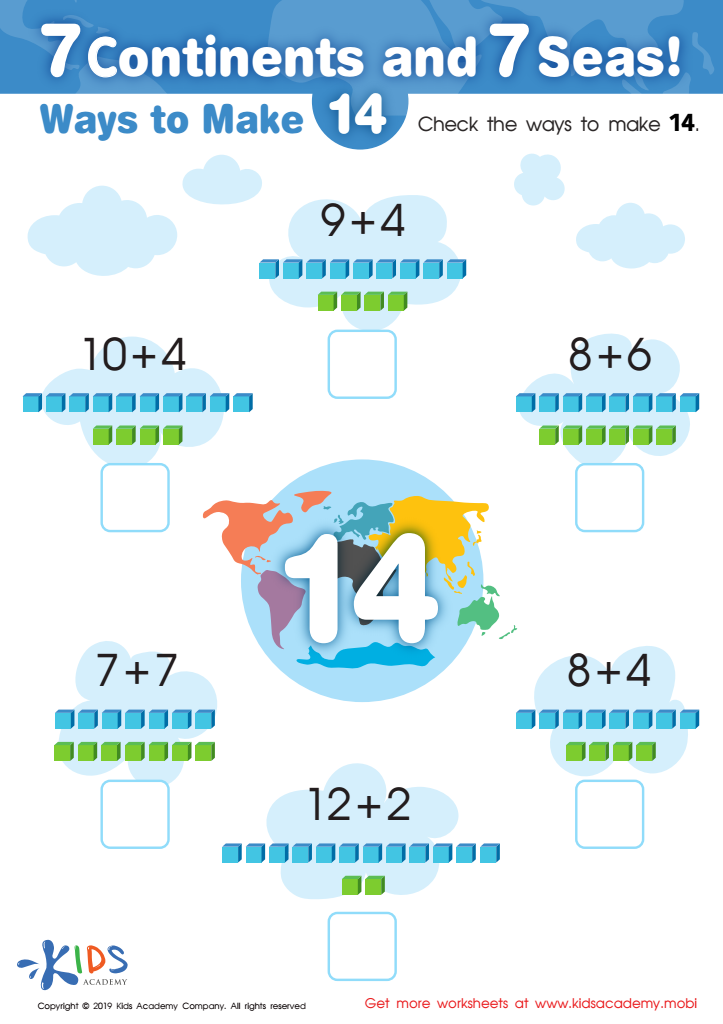

7 Continents and 7 Seas Worksheet
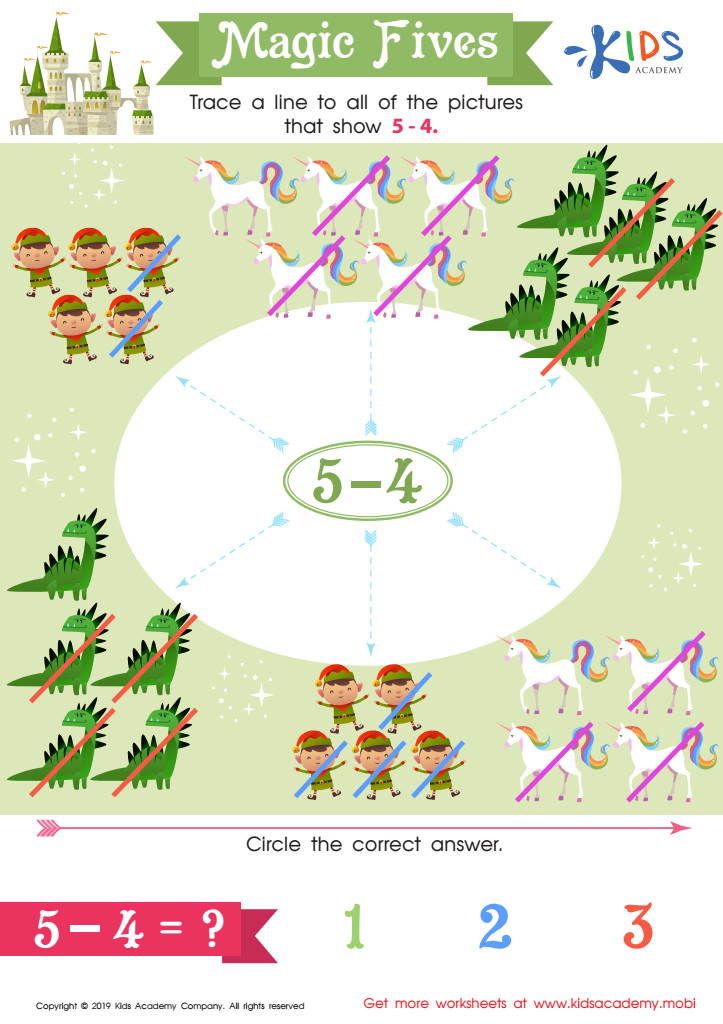

Magic Fives Worksheet


Water Division Word Problems Worksheet
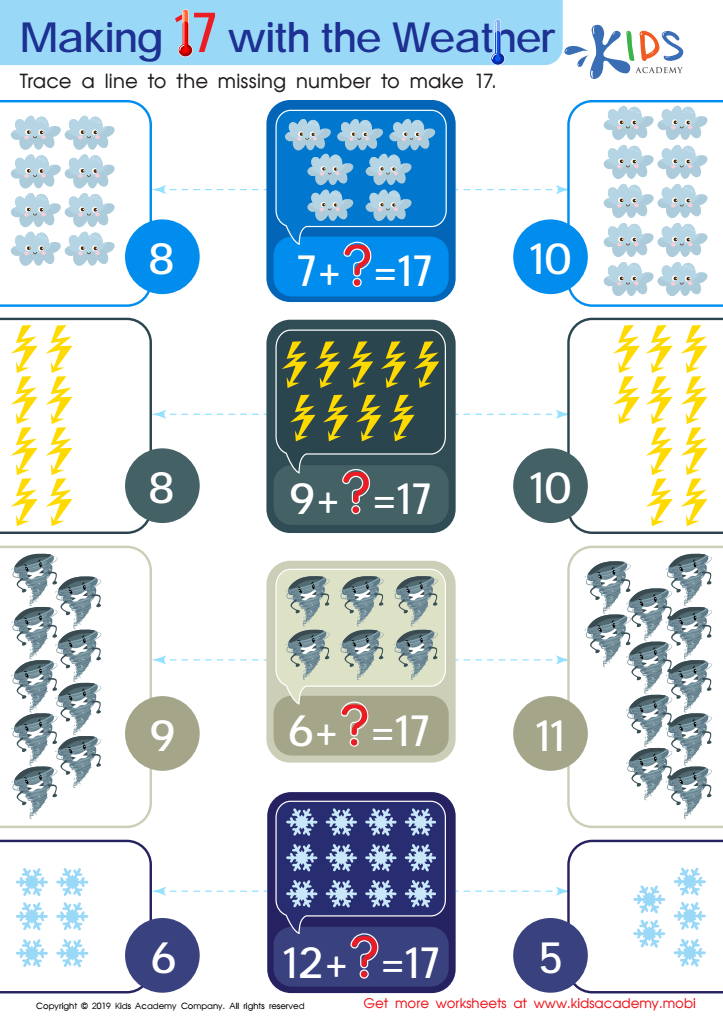

Making 17 with the Weather Worksheet


Count Back to Subtract Substraction Worksheet


What Makes 13 Worksheet
Mathematical reasoning is a foundational skill crucial in everyday life, problem-solving, and academic success. Caring about mathematical reasoning in Kindergarten is essential for several reasons. First, early exposure to mathematical concepts can inspire a positive attitude toward the subject, reducing the likelihood of math anxiety later. For parents and teachers, nurturing these skills can create a supportive learning environment where children feel confident and curious.
Mathematical reasoning helps children develop critical thinking and logical problem-solving abilities. When introduced at an early age, it influences how children approach and solve problems not just in math but across various subjects and real-life scenarios. Simple activities like counting, pattern recognition, and basic addition lay the groundwork for more complex concepts they'll encounter in later grades.
Moreover, early math skills are strong predictors of future academic achievement. Studies have shown that children with robust mathematical reasoning skills in Kindergarten tend to perform better in both math and reading as they progress through school.
In summary, focusing on mathematical reasoning in Kindergarten builds a crucial intellectual foundation, promotes a positive learning experience, and sets the stage for future academic success. For parents and teachers, investing time and resources in these early stages is essential for nurturing competent, confident, and capable learners.

 Assign to My Students
Assign to My Students







